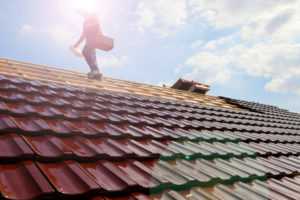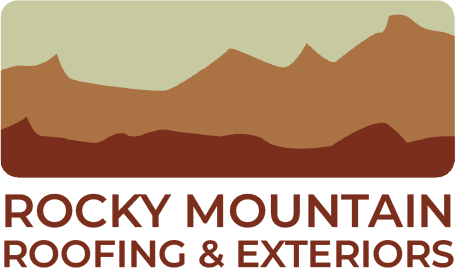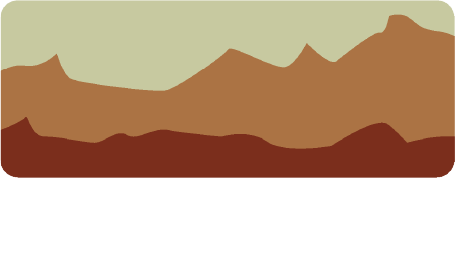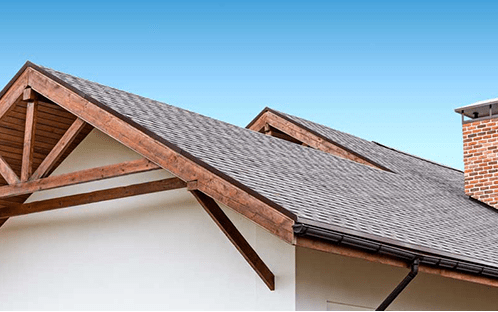
What Is Commercial Roofing?
While commercial roofing systems and residential roofs both serve the same fundamental role of protecting your property or dwelling from the weather, the similarities end there. The slope of the roof, which is dictated by the size of the structure, is the most important difference between commercial and residential roofing systems.
Commercial roofs are made from a variety of materials, which are influenced by the construction of the building and other considerations such as environmental conditions, such as strong heat or extreme cold, or if a surface must sustain considerable foot traffic.
What exactly is commercial roofing?
Significantly, they are different in terms of the materials utilized to construct and install them.
Commercial Roofing System Types
- BUR Membrane or Built-Up Roofing
Built-up roofing, commonly known as BUR roofing, is the most common type of tar and gravel roof. It is made up of numerous layers or heaps that increase the system’s resilience. BUR is a low-slope roof system that is a good alternative if you require a long-lasting and low-cost solution.
- Roofing Made of Metal
Metal roofs are a prominent form of business roof. Metal tile sheets, corrugated galvanized steel, stainless steel, stone-coated steel, silicon-coated steel, copper, aluminum, zinc, tin aggregates, and other materials are available.
Metal commercial roofing systems are long-lasting and have good fire resistance ratings. They are frequently coated with protective coatings to avoid corrosion and damage from sunshine and other environmental influences. They are also an appealing alternative that contributes to a more sustainable design for your house.
- Roofing Made of Modified Bitumen
A modified bitumen commercial roofing system, often known as mod-bit roofing, is made up of strengthened roof textiles and layers of bitumen. To offer optimum protection and stability, it is affixed to rooftops as two-ply systems. Modified bitumen roofs are simple to maintain and have higher tensile strength than conventional commercial flat roofs. If you expect a lot of activity, it is an excellent choice for a business roof.
- EPDM or Thermoset Roof Membrane
When compared to other forms of business roofs, thermoset roofing, commonly known as EPDM roofing, is adaptable, long-lasting, and simple to maintain. It is made of a single-ply rubber material, has a straightforward installation technique, and is resistant to ozone and UV radiation. Advantages include; resistance to certain solvents, acids, and alcohol, flexibility at cooler temperatures, and reflecting characteristics that can assist decrease cooling costs.
- Roof Membranes Made of Thermoplastic or PVC & TPO
Roofs made of polyvinyl chloride (PVC) and thermoplastic polyolefin (TPO) are ideal for second-generation applications. They are lightweight, highly reflective, and resistant to UV radiation, punctures, most chemicals, and bacterial development.
- Green Roofing System
Green roofs have grown in popularity in recent years and are a sustainable alternative for property owners. They can increase efficiency and handle water and drainage issues. They are also a visually beautiful and ecologically acceptable commercial roofing material.
The Most Important Aspects of Commercial Roofing
- Installation of a Commercial Roof
The installation process of a commercial roofing system might vary substantially depending on the material, cost, labor hours, and complexity level. It is advantageous to employ a dependable commercial roofing contractor that can do the task on time, within price, and at your leisure.
- Roof Examination
It can assist to prevent any roof damage, identify any problems early, and save future costly repairs.
- Commercial Roofing Maintenance
Proper maintenance, on the other hand is essential for extending the life of a business roof. Cleaning debris, splits, correcting leaks, or water damage, repairing flashing and HVAC systems on the roof, prepping your roof for each season, and ensuring the roofing material is in outstanding condition are all part of the process.
Commercial Roofs Shape
When it comes to commercial roofing systems, it is critical to consider the roof’s slope. Roofs are divided into two types: Low Slope Roofs (or Flat Roofs) and Steep Slope Roofs.
- Low Slope Roofs: These kinds of roofs are prevalent in warehouses, large box retailers, and shopping malls. There are various flat roof possibilities with this roofing system, including EPDM, PVC, and TPO.
- Steep Slope Roofs: These roofing systems are more typically seen on single-family and multi-family residences than on commercial sites. Popular roof materials for this roofing style include metal, slate, shingles, and tile.


